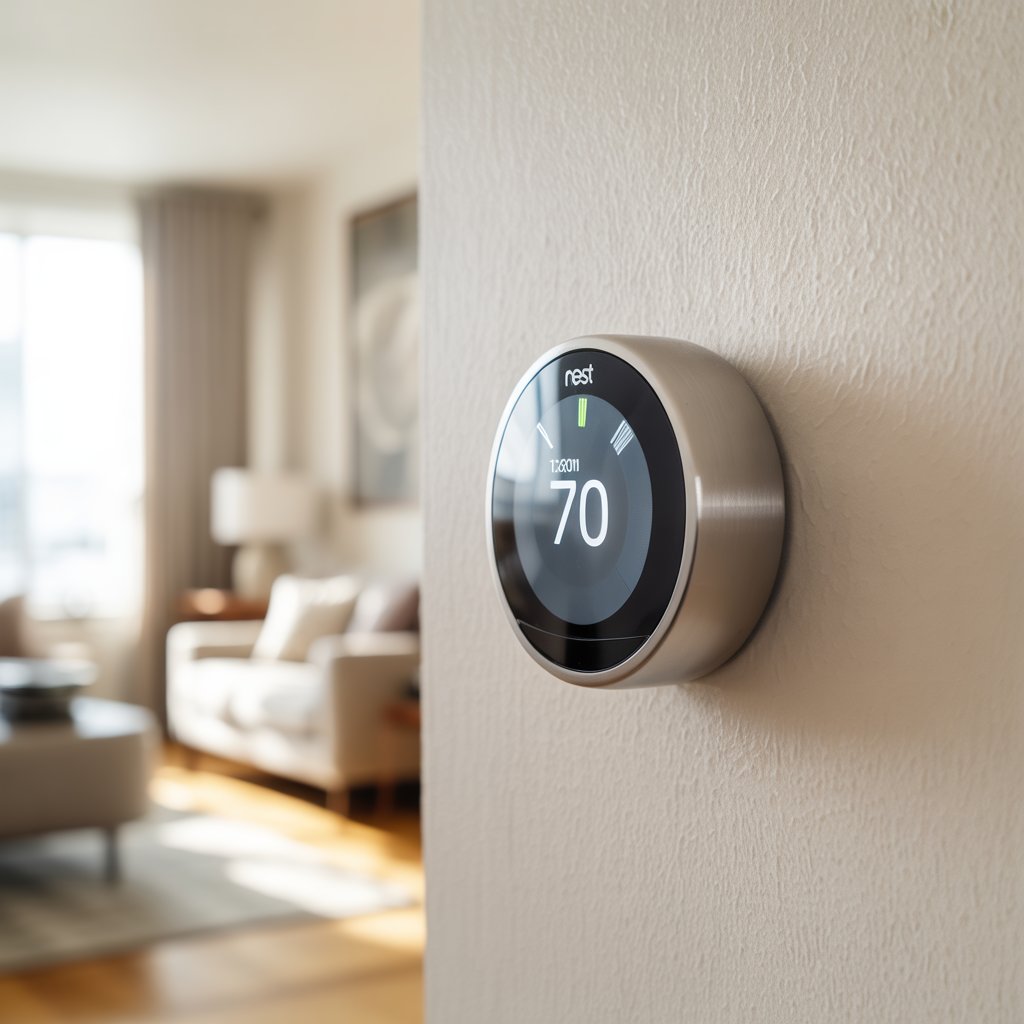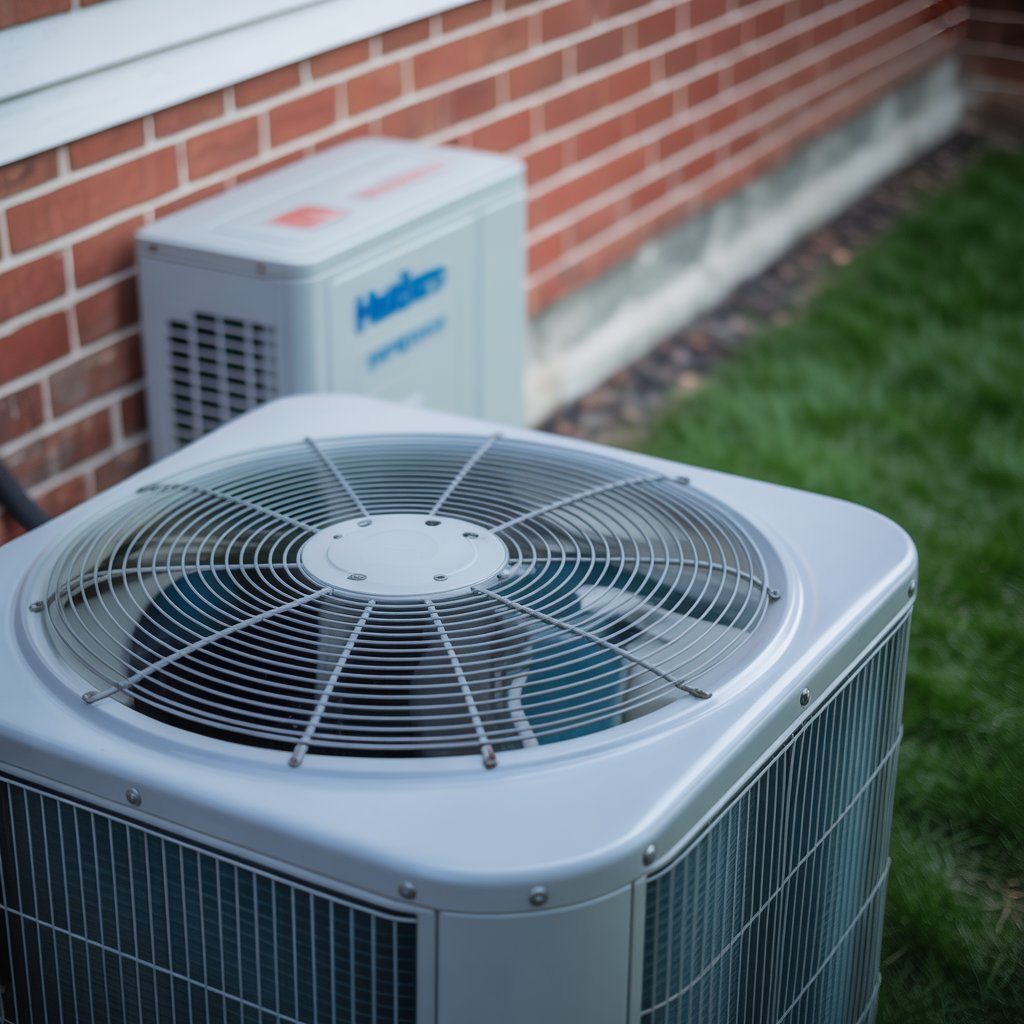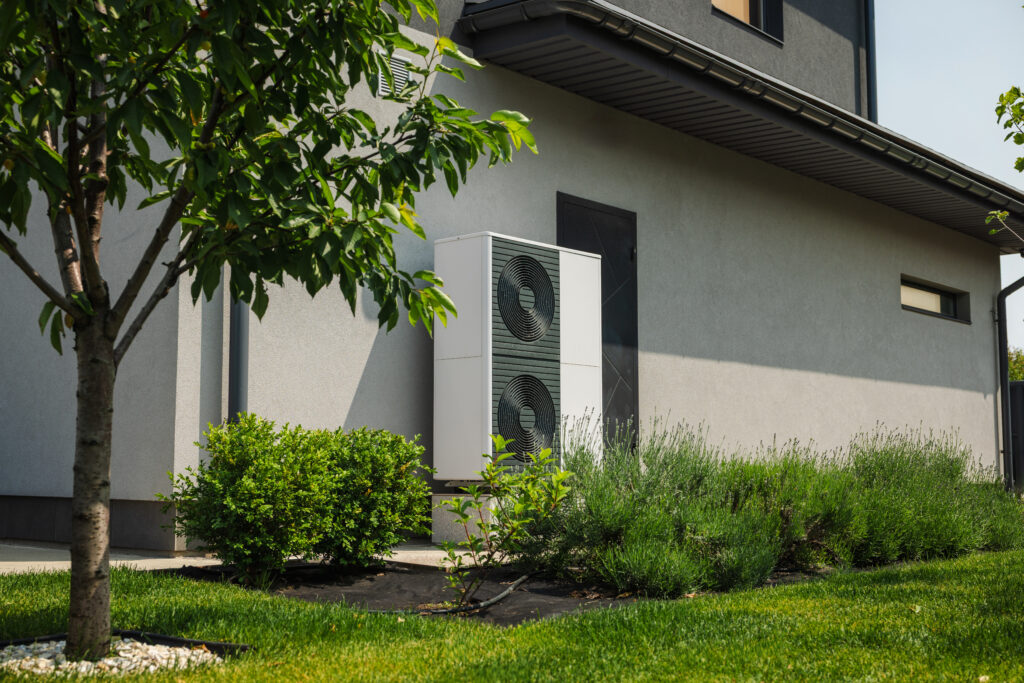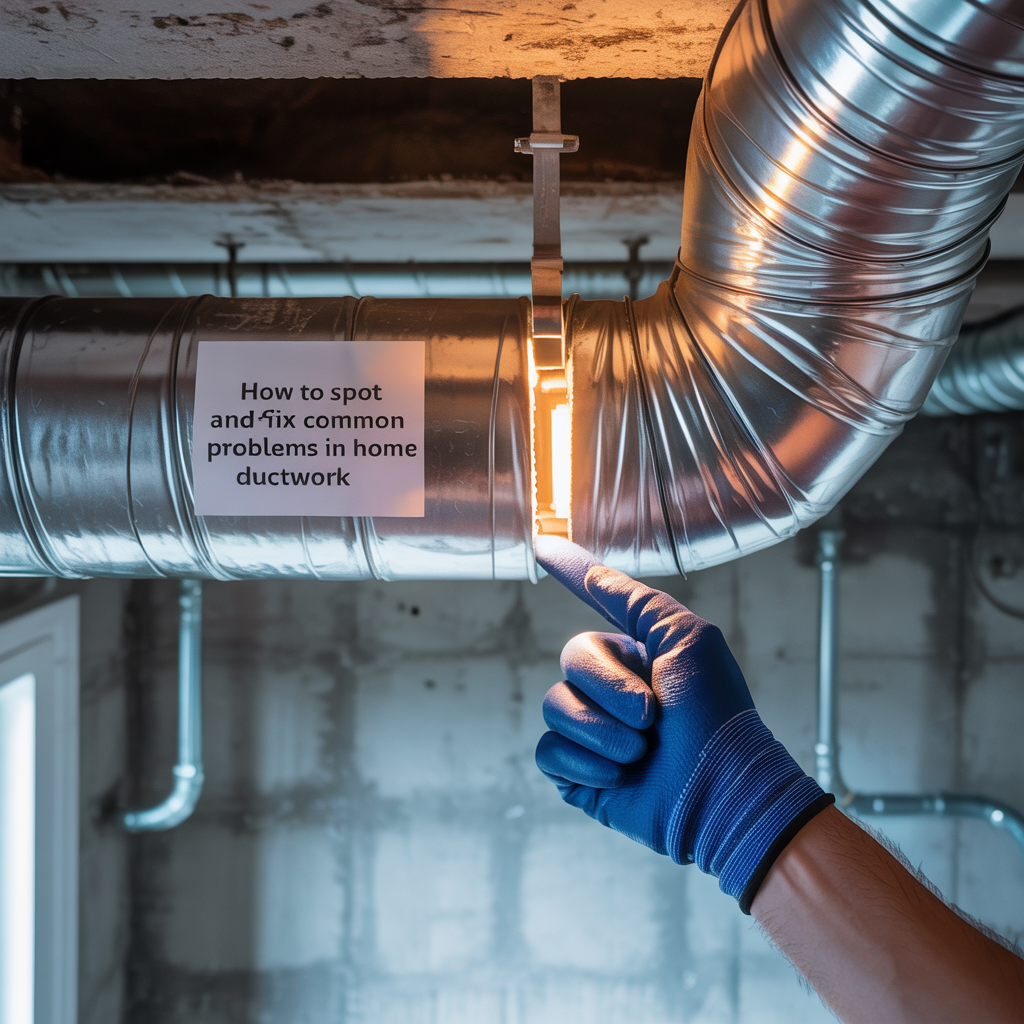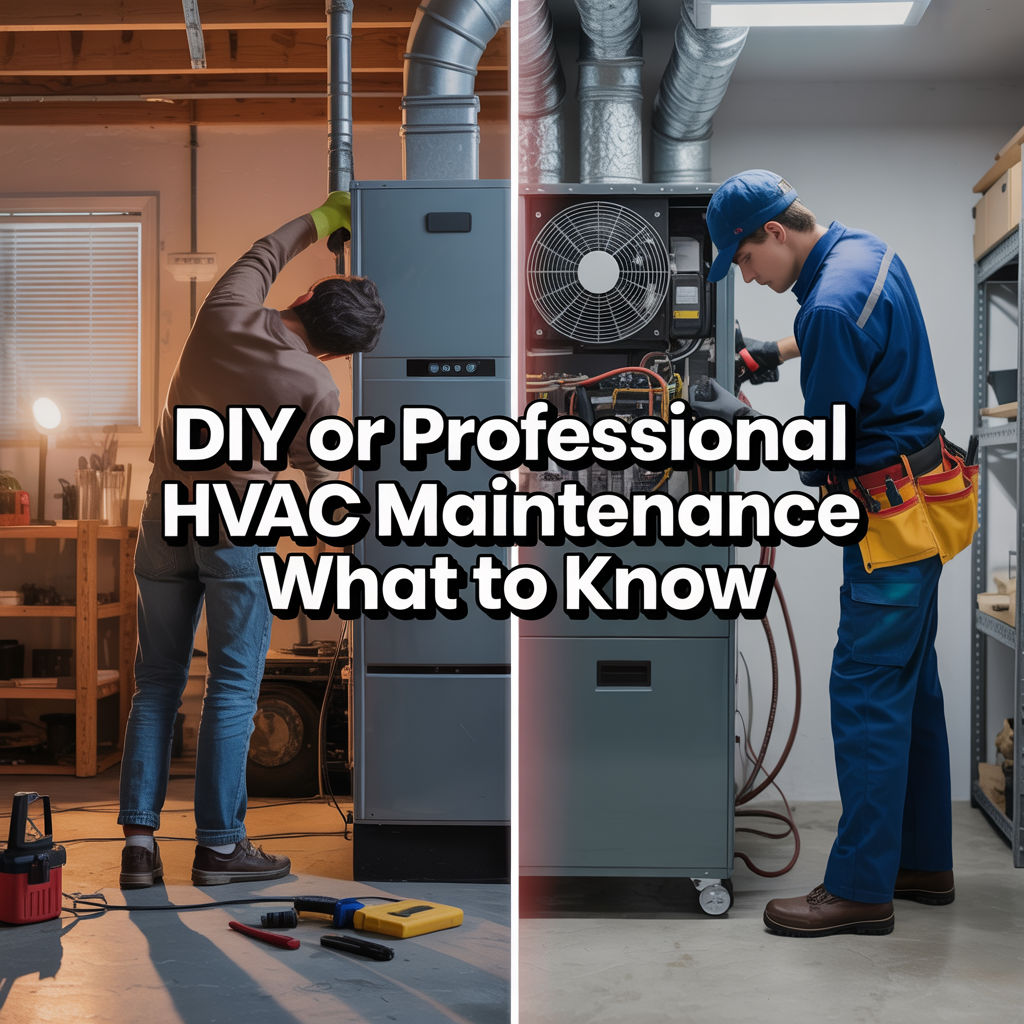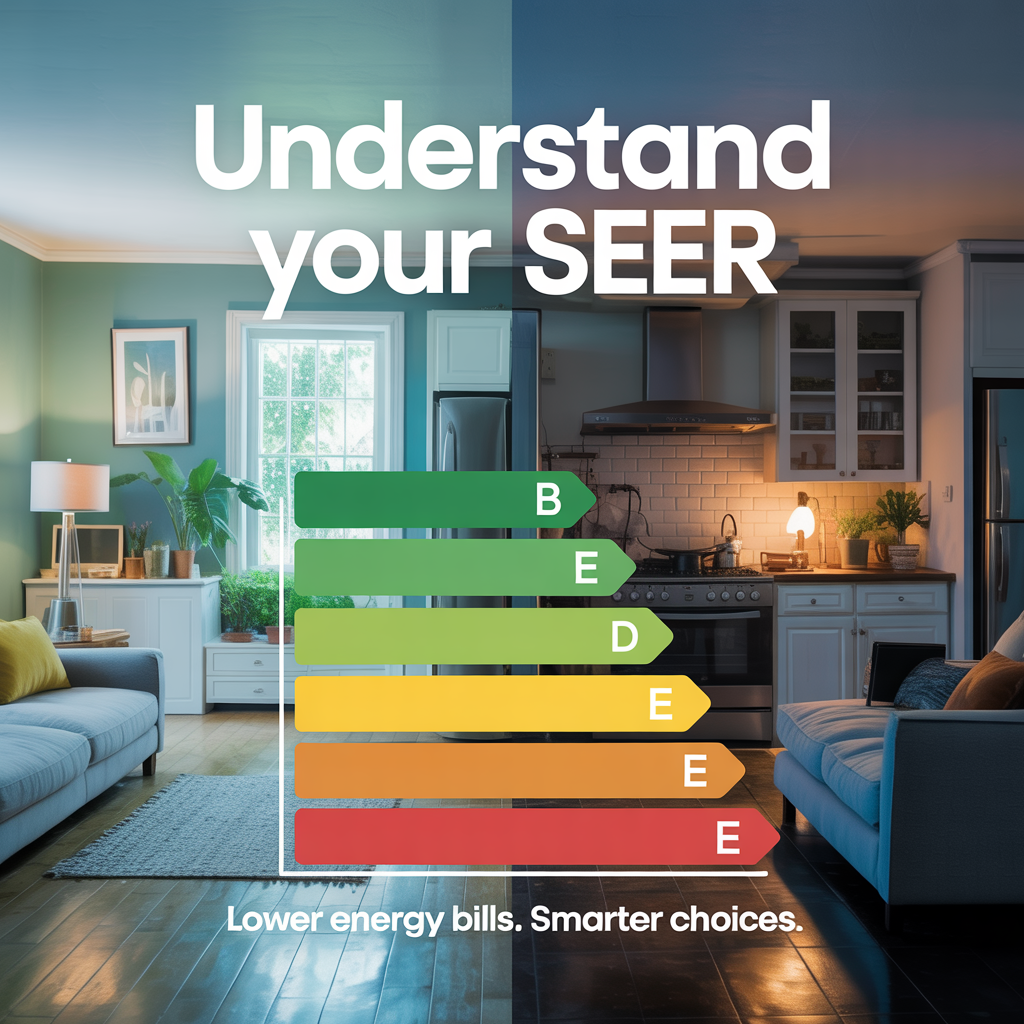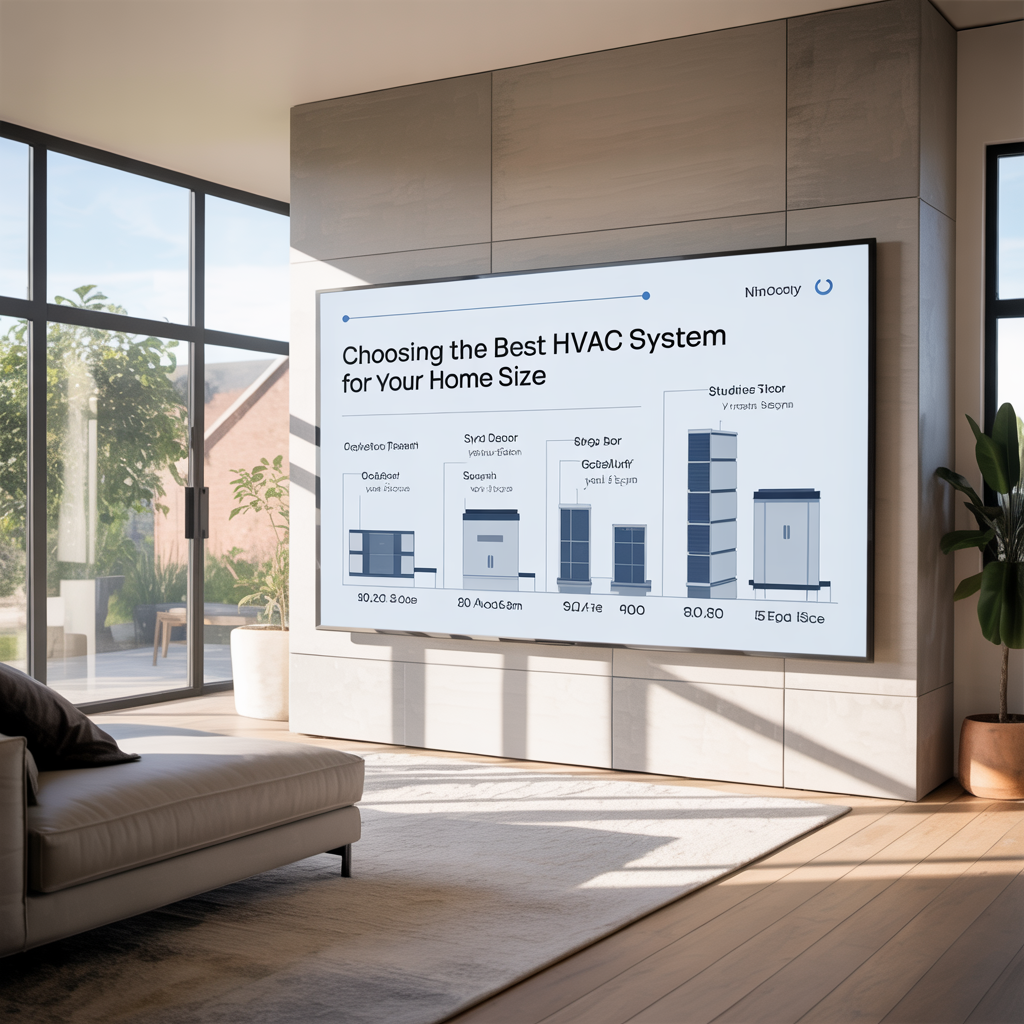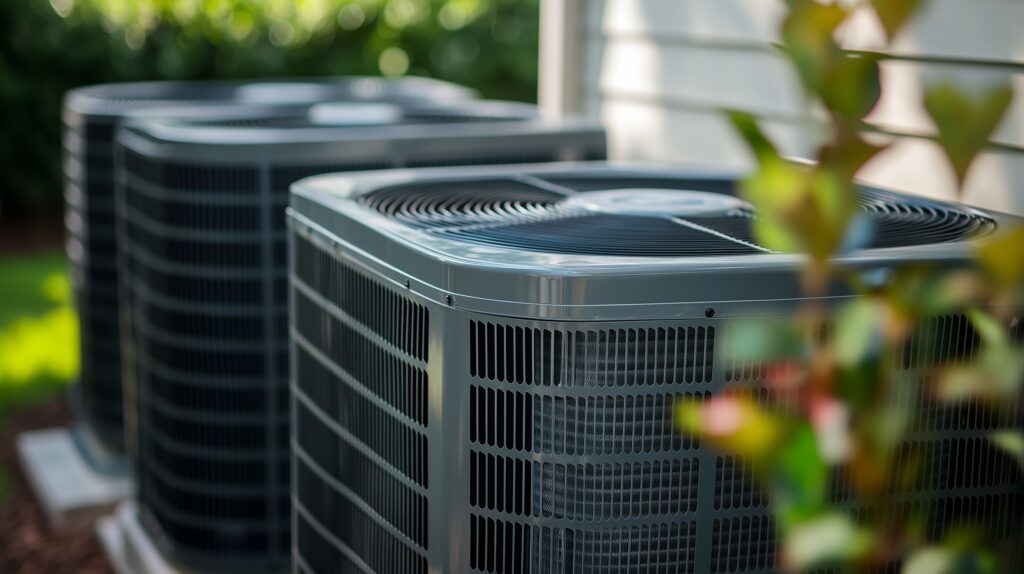
It’s easy to take your heating and cooling system for granted—until something goes wrong. Your HVAC unit often gives warning signs before it completely breaks down. Paying attention to these signs and scheduling timely repairs can save you from major headaches (and expenses) later.
1. Unusual Noises
If you hear grinding, banging, or squealing sounds, your system may have loose parts, a failing motor, or debris in the blower. These noises should never be ignored—call a technician to inspect and repair the issue before it worsens.
2. Uneven Heating or Cooling
When some rooms are too hot while others are too cold, your HVAC system may be struggling with airflow problems, duct leaks, or a malfunctioning thermostat. A repair professional can diagnose the cause and restore balanced comfort.
3. Weak or Warm Airflow
If your vents are blowing weak air or not cooling as they should, there could be a blockage, refrigerant leak, or compressor issue. Prompt repair keeps your system from overworking and prevents higher energy costs.
4. Short Cycling or Constant Running
Your system should cycle on and off in consistent patterns. If it’s constantly running or shutting off too quickly, it’s using excess energy and wearing out components faster. A repair can correct this and restore proper operation.
5. Rising Utility Bills
An unexplained spike in your energy bill often signals inefficiency or a malfunction. Technicians can identify the cause—whether it’s dirty coils, worn parts, or thermostat issues—and get your system back to normal.
6. Strange Smells or Poor Air Quality
Burning, musty, or chemical odors coming from your vents can indicate electrical issues, mold, or refrigerant leaks. These are safety concerns that need immediate professional attention.
7. Age of Your System
If your HVAC unit is over 10–15 years old and needs frequent repairs, it may be time to discuss replacement options. A technician can help you decide whether repair or replacement makes the most sense.
When your HVAC system starts acting up, don’t wait until it fails completely. Calling for professional repair early can prevent further damage, save on costs, and ensure your home stays comfortable when you need it most. All American HVAC, Inc., 626.736.0962



